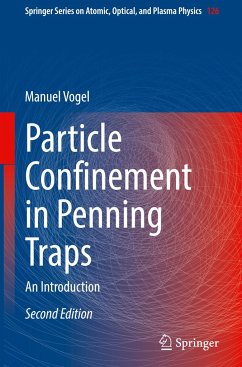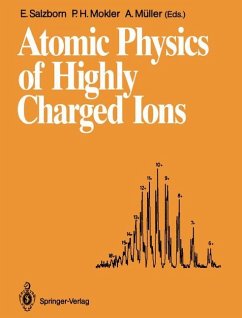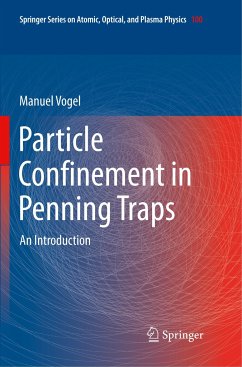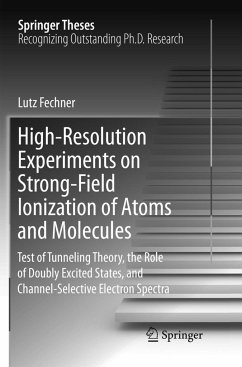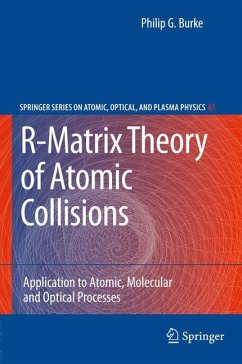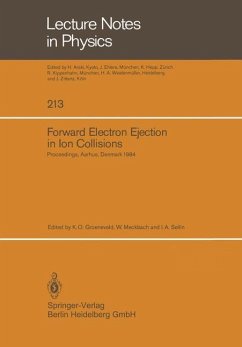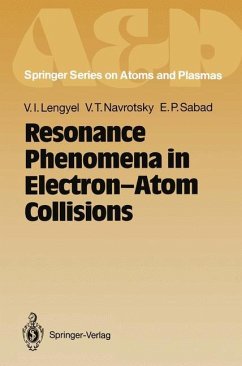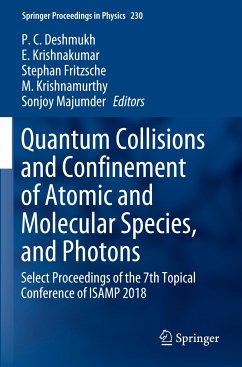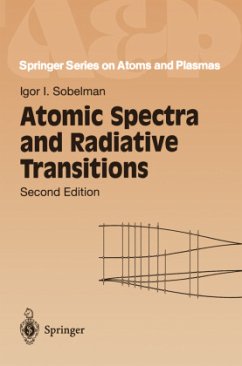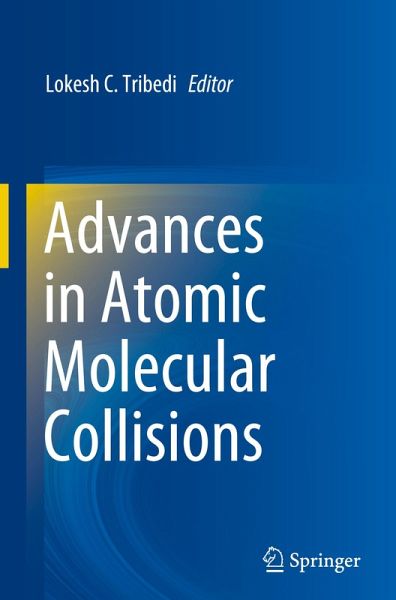
Advances in Atomic Molecular Collisions

PAYBACK Punkte
42 °P sammeln!
Atomic and molecular collision physics has undergone extraordinary transformations in last few decades which is driven by a convergence of breakthroughs in the sophisticated instruments, theoretical advancements, and computational capabilities. Rapid advancement and availability of a number of sophisticated tools, such as, accelerators, ion sources, lasers, synchrotrons, free electron lasers etc, have led this remarkable transformation. On the other hand, there has been a phenomenal growth in the theoretical front which has not only complemented the experimental data, but also have predicted n...
Atomic and molecular collision physics has undergone extraordinary transformations in last few decades which is driven by a convergence of breakthroughs in the sophisticated instruments, theoretical advancements, and computational capabilities. Rapid advancement and availability of a number of sophisticated tools, such as, accelerators, ion sources, lasers, synchrotrons, free electron lasers etc, have led this remarkable transformation. On the other hand, there has been a phenomenal growth in the theoretical front which has not only complemented the experimental data, but also have predicted new mechanisms guiding the experimentalists to venture into the new and challenging experiments. This comprehensive collection of articles aims to capture the essence of these exciting developments, offering a comprehensive overview of the latest insights into the field. The articles are prepared such that the newcomers in the field will get a glimpse in the field while presenting state-of-the-art reviews for the scientists working in the field. The thirty authors from different countries, who have prepared the thirteen articles, are experts in their respective fields of research. The articles deal with relatively new discoveries in atomic and molecular physics as well as the latest development in the field. The experimental techniques and the related scientific achievements using different electron spectrometers, EUV/VUV spectrometers, high-resolution momentum imaging and COLTRIMS have been dealt in details. The post-collision interaction in ion-atom collisions, the atomic and molecular ICD, spatial coherence in molecular double slit scattering, electron capture and Shannon entropy, collisions involving atomic and molecular dimers, ultrafast processes in clusters and fullerene (C60), and processes like ionization and electron emission are delved in various chapters. It also explores the theoretical modeling for the structure and collisions involving water molecule and water-clusters [(H2O)n], important for radio-biological applications. In addition, theoretical techniques, such as, the CDW-EIS, CTMC, TDDFT and TDLDA, eikonal impulse approximation, perturbed relativistic coupled-cluster theory are introduced in different chapters. A few dynamical scenarios using fast and ultrafast laser pulses are explored, theoretically, starting from femtosecond to the attosecond domain. Bridging the gap between the spectroscopy and collisional aspects is one unique feature of this book. A suitable balance between theory-based (seven chapters) and experiment-based (six chapters) articles is important characteristics of this volume. Each chapter, surveys not only the current state of knowledge but also indicating the pathways forward and indicating the practical applications of atomic collisions in diverse scientific disciplines, such as, science of plasmas, astrochemistry, astrophysics, radiobiology, radiation damage, laser and accelerator technology etc. It is expected that the volume serves as a valuable resource for researchers, students, and enthusiasts alike, pushing the boundaries of our understanding of atomic physics and its applications.



